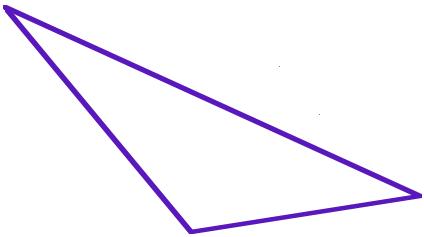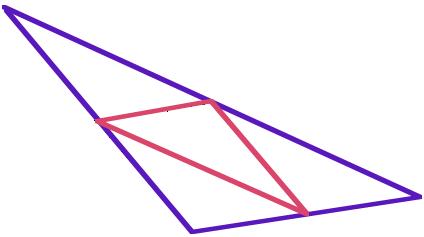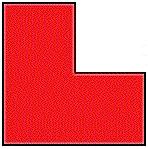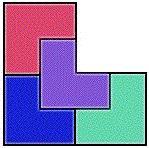Congruent Triangles
|
Introduction
When children are taught common fractions, they are often asked to partition a figure into congruent parts (parts having the same size and the same shape). The figures usually chosen are circles and rectangles, because they can be partitioned into any number of congruent parts without any intellectual challenge. More challenging examples belong to the domain of puzzles. One of the best known is the following one:
Try this example with your students; print out this figure for the exercise. A nice open topic to study is to look at when a triangle can be partitioned into k congruent triangles. Some constructions are easy, some are tricky, and proving that something cannot be done is far too difficult for a classroom. Activity Here are the main facts that can be investigated. 1. Every triangle can be partitioned into 4 congruent triangles, by connecting the middle points of its 3 edges. 

2. If a triangle can be partitioned into k congruent parts, it can be also partitioned into 4*k, 16*k, 64*k, 256*k, ... congruent parts. Simply partition each congruent part into four, and continue this process as many times as you wish. 3. Any isoceles triangle is partitioned into two congruent ones by one of its heights. 4. An equilateral triangle is divided into three congruent ones by segments connecting its center to its vertices. 5. A right triangle whose legs have a ratio of 2 to 1 can be divided into 5 congruent triangles. (They are also right triangles similar to the whole one.)
6. The right triangle described above can be divided into both four and five congruent triangles similar to the original, so this process can be iterated giving the following possible partitions into k parts. k = 4, 5, 16, 20, 25, 64, 80, 100, ... . Remark [top] You may ask students to investigate this sequence. It consists of all numbers that are products of four and five taken any number of times. (For example, what can you tell about the differences and ratios of two consecutive numbers?) |


